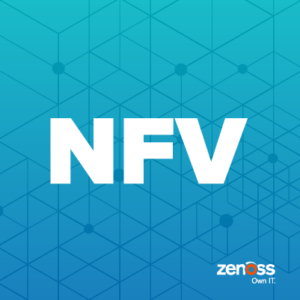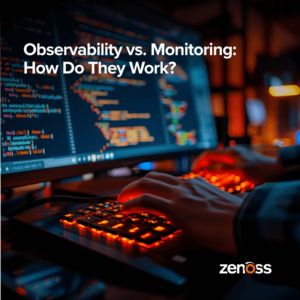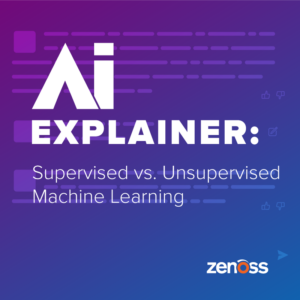
- NFV Infrastructure & VNF Software Layer Correlation Is a Must-Have
The most obvious NFV operational challenge has been well articulated by Shannon and Yates (AT&T) in the book, “Building the Network of the Future.”
“An issue at the hardware layer (cloud servers) that impacts the software layer (VNF) will alarm at both layers. Without appropriate intelligence and automation, the alarming on the hardware and software layers could result in both the hardware operations team and team managing the VNF to simultaneously respond to the issues reported and investigate the root cause in parallel.”
-Shannon & Yates: “Building the Network of the Future”
An efficient operations platform needs to keep track of all VNF placements and their associated VMs and locations in order to map NFV infrastructure issues to VNF software layer. Any failure events or performance degradations from the NFVI layer need to be recognized and associated to the potential impact on the VNF software layer.
- Physical Network Function (PNF) & Virtual Network Function Will Coexist
For the foreseeable future, we will have both PNFs and VNFs providing network functions for services to operate, so we need to have a unified view across legacy and software-defined infrastructure. The assurance system needs to have a seamless view across physical and virtual network functions.
- Multivendor & VNF Speed of Adaptation
We will see new VNFs and more VNF vendors entering the market more quickly. We will also see operators swapping their existing VNFs faster and more easily without specific networking hardware needs. Operation support tools need to provide the capability for rapid adaptation for new VNFs and vendor types.
The VNF industry is far from any standard fault and performance management interfaces. Typically, each VNF has its own specific protocol and metrics interpretation, so the operations platform needs to create the uniformity.
- Root-Cause Analysis
“The biggest challenge in resolving faults, performance, and service degradations is in localizing and troubleshooting issues – identifying where the problem is, and what is causing it. Without knowing where the issue stems from, and in many cases the specific, root cause of an issue, the ability to take effective actions is seriously inhibited. A single underlying issue will typically result in a plethora of alerts and alarms.”
-Shannon & Yates: “Building the Network of the Future”
In order to perform root-cause analysis, the operations platform needs to understand all layers involved with providing the network function or service function and correlate all alarms and events received from all these layers.
- Closed-Loop Automation
To automate trouble resolution and minimize outages, NFV technology enables automated resolution by spinning up new VNFs, moving them to spare capacity, adding more resources, etc., without human interaction. To accomplish this automation, the operations platform need to trigger actions through the orchestration system and provide specific instructions on how troubles can be resolved. Close integration between the orchestration and assurance systems is necessary.
- Service Chain Impact Mapping
Besides monitoring and assuring VNFs and NFV infrastructure, receiving service chain information from orchestration and monitoring service chain health provides the next level of automation and intelligence for efficient NFV operations. Only those performance and faults that impact service chains should be prioritized higher. The impacted service chains need to be recognized and alarms prioritized and recognized accordingly.
Conclusions
After reviewing and discussing these key NFV assurance challenges and operations platform requirements, a TMF leader asked the NFV assurance panel whether there is any existing platform available to fulfill these requirements. The answer is that Zenoss Service Dynamics already delivers on these challenges and has been field proven in numerous service provider networks. When I saw that Zenoss complies with all these NFV assurance requirements, I called this a “match made in heaven.”
Learn more about NFV service assurance with Zenoss.







